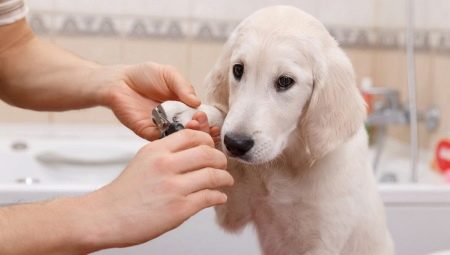Dog manicure is useful not only from the aesthetic side. This procedure is absolutely necessary from a medical point of view. The normal development of the claws of the animal preserves its health, contributing to the preservation of the correct gait and staging of the legs, the development of muscles, joints, spine and bone. Long claws disrupt the proper development of the dog, interfere with walking. The consequence of this may be the most serious deviations and diseases.

Anatomical features of the claws
Before starting the nails clipping procedure, it will be useful for the dog to make sure what type they are in shape. There are three types, such as:
- the claws are curved, in the form of an arc, moderately hard;
- straight (analogue of rabbit), more elongated than the first and often sharp;
- slightly curved, with slightly curved, cat-like ends.
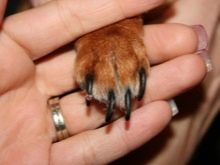

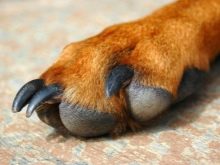
Important! For the most part, dogs of service breeds possess the first and third types of claws. The second type is more characteristic for decorative breeds.
The device of all dog claws is basically the same. On the outside they are covered with a keratin cap (visible part). The keratin coating is constantly growing and it is necessary to cut it. The inner part is called the claw bed, in which the blood vessel and nerve fibers are located, it is extremely undesirable to touch them during the haircut. This can seriously injure the animal.
A feature of the claw vessel is that it develops along with the claw. The larger the claw, the longer and closer to the end of the claw the vessel becomes. This can be avoided regularly taking care of your pet. The claw vessel in cats is clearly visible. With dogs, the situation is somewhat more complicated, since their claws can be light and dark. In the latter case, the vessel is practically not visible.
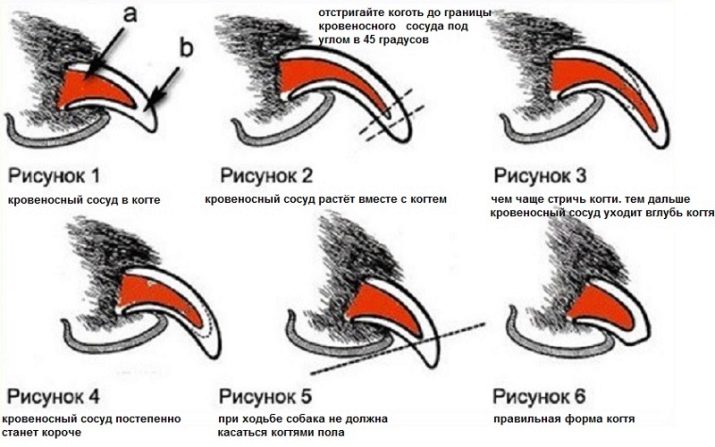
Claws should be trimmed 2-3 mm below the location of the vessel. Dark claws have to be trimmed more carefully - no more than 0.5–0.7 mm in one “step”, so as not to accidentally harm the pet. Thus, the main goal when processing dog claws is do not affect the internal content (claw bed) of the claw, otherwise the dog will experience pain. With constant care of your pet, the length of the claw pulp is shortened depending on the frequency of the procedure.
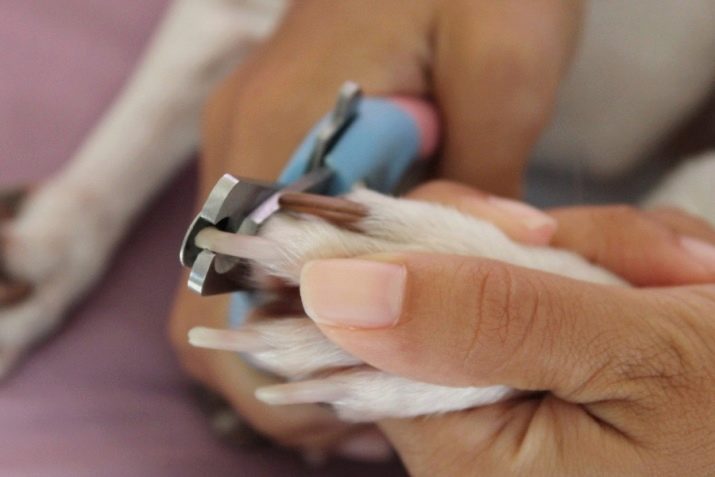
Therefore, subsequent procedures gradually become easier and safer.
Why do I need a haircut?
The claws of a dog should be 2-8 mm away from the floor on average. Excessive claw lengths will make the animal uncomfortable, provoke diseases of the claws and joints in animals. Therefore, dogs living in apartments, deprived of the ability to naturally grind their claws on hard surfaces, naturally inconvenience associated with their growth. Long claws break off, often causing severe pain to the animal. Wherein an untreated wound often causes inflammation.
Running claws interfere with the dog's movement, leading to articular deformities, and sometimes the spine and skeleton. In addition, the rudimentary process growing on the “fifth finger” of the hind limb twists and, crashing into the skin, causes the animal severe pain.
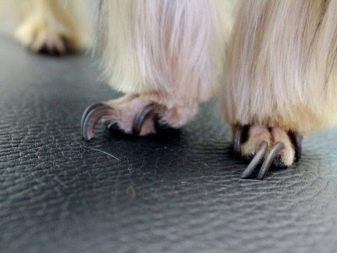
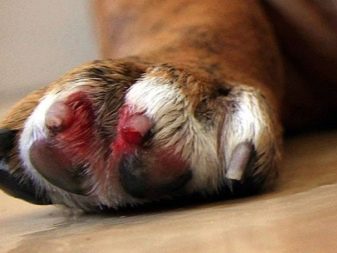
Well-groomed claws break and flake, and their sharp edges can injure children during games or training. Likewise, dogs can spoil furniture, things, or smart flooring, while making a lot of noise while walking.
How often to cut?
Beginner-dog breeders are often interested in how often they need to cut their claws and whether there is a need to change the scissors to other devices. For proper nail claw care they should be shortened at least once in 2 weeks.
Usually experienced dog breeders carry out the procedure, based on visual inspection and claw size assessment. The essence of the issue is that the growth rate of the plates depends on the breed of the animal, its size, the loads received and age. With frequent and intense walking of pets, the plates grind off, so the trimming procedure is performed less often.

In addition to this, there are a number of clue signs. So, if the dog’s gait has changed and there are noticeable difficulties when walking, then the time for caring for the claws has come. The owner who is observant and attentive to his pet will always understand this.
Necessary tools
Traditional scissors or nippers for shortening claws in dogs are not suitable, because, especially in adults of large breeds, the claws are large and strong. An improperly selected tool can contribute to claw splitting or stratification. For these purposes, there are special claws that are divided into the following groups:
- special scissors made of hard and durable metal with reinforced construction;
- special nippers;
- guillotines.
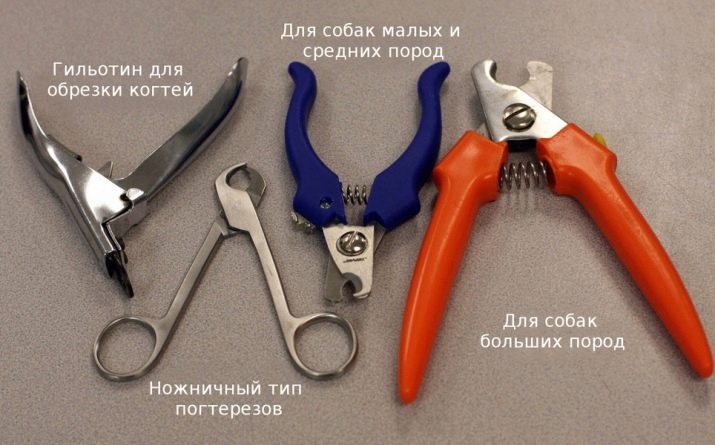
Important! For large individuals, large tools are used, usually guillotines. For small breeds use specialized tools.
The appropriate tools are made of high quality stainless metal or have a non-slip coating. Handles are better to choose ergonomic, comfortable, to prevent awkward movements and injuries. The blades should be sharpened with high quality, excluding chips, nicks and uneven edges.Often the process of clipping claws with a clipper is replaced by grinding, using a special grinding machine. Such machines, vibrating, make a lot of noise, which can scare the animal more than any other instrument.
Sawdust of claws requires more time and patience than pruning, and not every animal can sit in one place for a long time. In addition, with this method, there is a likelihood of a dog getting a pad injury, which is more dangerous than an injury received from a clipper. For these reasons, preparing for circumcision requires an individual and thoughtful approach.
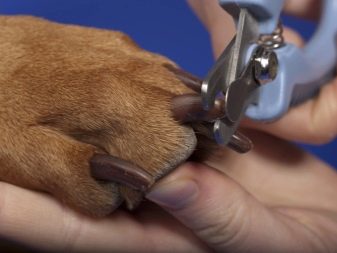
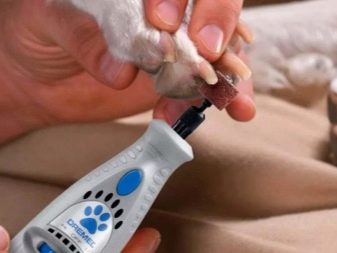
It is important that this procedure is not associated with frightening or threatening objects in the pet. Otherwise, the procedure will become painful for both the pet and its owner.
In addition to cutting tools, for claw care files will also be needed to smooth out the defects in the plates obtained by trimming them. Saw files are produced in manual and electric versions. Usually, attachments of various stiffnesses that are easily inserted into the rotating head of the device come with electric devices. This device is convenient to use, grinding the claws and giving them the desired shape. The average price of a quality nail clipper ranges from 700–900 rubles. (there are models up to 2000 rubles.).
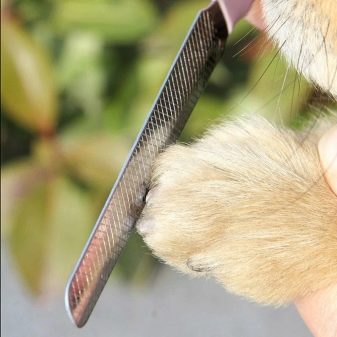
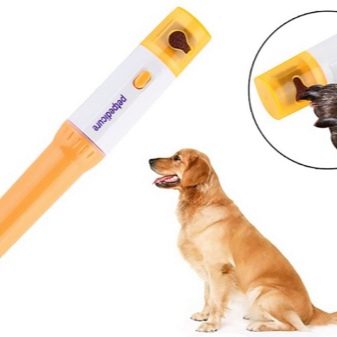
If you compare the cost of a one-time visit to the veterinarian, the benefit of an independent procedure is obvious.
How to choose a claw cutter?
Experts recommend buying specialized nippers-clippers (claws), which are structurally adapted specifically for dogs. At the same time, do not choose models from the most affordable and cheapest products. If you value the health of the dog, then the tool must meet high quality requirements and meet the individual characteristics of the pet. Therefore, choosing a claw cutter, you should be guided by the following recommendations:
- pay attention to the material of which the tool is made (best of all, steel or brass);
- structurally, the model should be cast, and the places of its connections are riveted;
- the coating of the blades is better in the chrome version, otherwise the tool will begin to rust;
- the handles of the product should be rubberized and comfortable, since the procedure is not fast, and bare metal is inconvenient;
- it is desirable that the tool is fully consistent with the size of the claws and the characteristics of the breed.
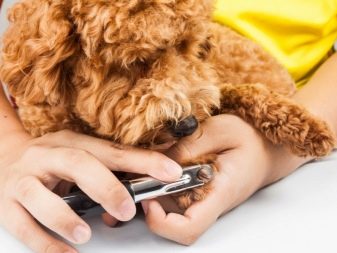
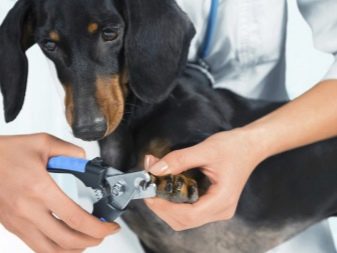
There are three types of claw cutters designed for small, medium and large dogs. Universal devices suitable for dogs of different sizes are also produced. However, they are not entirely reliable. therefore It is important to select a clipper, guided by the individual parameters of the animal.
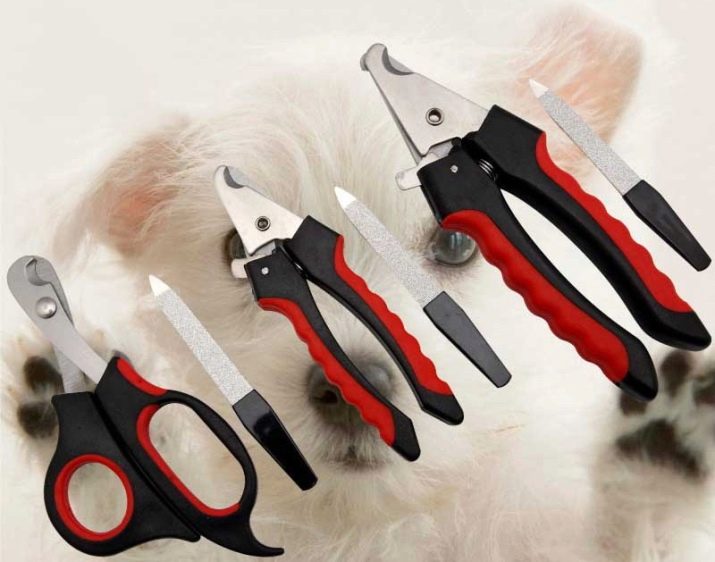
Procedure execution
Accustoming the pet to claw trimming, one should start gradually, with one or two plates. The tools used must be sanitized in advance. Before the procedure, it is advisable to give the pet the opportunity to sniff the instruments, get to know them. At home, it is right to trim the claws of an animal, whether it be a puppy or an adult, this means follow the systematic, step-by-step instructions that ensure the least protest of dogs of any breed.
- Prepare all the tools and tools that may be needed during the cutting process. These include a nail clipper, a set of cotton swabs and cotton pads and blood stopping agents and antiseptic compounds. You must have available dog treats for treating the animal in case it starts to worry.
- Choose the right moment for trimming when it is more convenient to cut the claws of the animal - it is in a good mood or relaxed. If the pet is excited, scared, or strangers are in the apartment, the procedure should be abandoned.
- The same applies to the choice of place. It is better to choose a comfortable sofa, chair or sit on the floor at home. The place should be well lit.As a rule, pruning is more profitable after an energetic walk, when the animal is located to rest and relax. Before this, the dog should be fed. You should not raise her voice, making you worry. The calm of the owner is well transmitted to the pet.
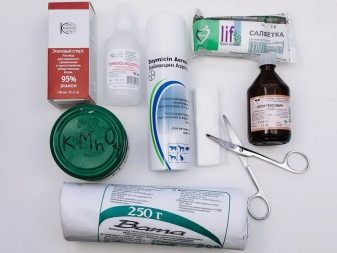
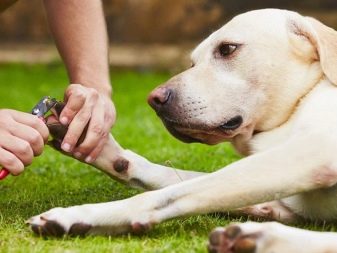
When the preparatory stages are completed, you can proceed directly to the procedure, guided by the following recommendations:
- if the breed of the dog is long-haired, then first you should remove the hairs in the claw area, as well as rinse and thoroughly wipe the limbs;
- inspect the paw and determine the place of the first cut;
- securely fix the selected claw with your fingers and determine the claw bed, which cannot be touched;
- trim the claw to the length of the selected step, slightly higher than the nerves and blood vessel;
- in the process and after cutting off part of the claw, evaluate the pet’s behavior and treat it to a treat;
- if the plate is cropped unevenly, then it will have to be filed and small burrs removed, using a nail file, without stopping soothing communication with the pet;
- perform the procedure first with the front and then with the hind legs, doing this in two stages sequentially, but with a break;
- if living tissue is affected, the animal should be reassured;
- if during the procedure the pet shows excessive aggression, howls or groans heavily, it is better to take him to the veterinarian or try again another time.
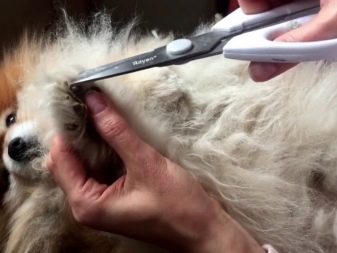
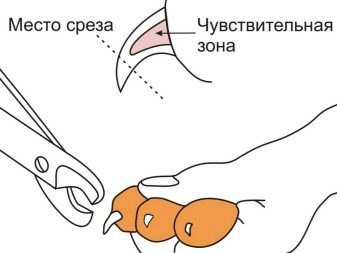

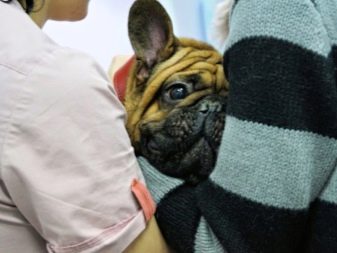
Problems
Problematic issues that arise during the claw trimming procedure in animals relate, as a rule, to two aspects:
- the dog is afraid of the procedure, breaks out, bites and does not allow to do the necessary;
- During the procedure, the dog suffered a dangerous injury.

To avoid problems, it is important to follow these tips and rules:
- no need to trim until you have examined the plate carefully; if the hairs interfere with the inspection, then they need to be cut;
- if the animal is restless, then the helper will not interfere; he should be located behind the dog and securely hold its neck, fixing the head, and with the other hand you need to hold its limb; this method of keeping the pet is reliable and is used in extreme cases, with excessive mobility of the animal;
- it is important to teach a pet to this procedure from an early age - puppies are more likely to adapt to innovations;
- plates on the hind legs are conveniently processed when the pet is lying; the dog needs to be laid on a flat surface and ask someone to hold it;
- you should not raise your voice during the procedure - the animal should feel completely safe;
- a guideline for the approximate location of the vessel in a dog with dark claws may be a small hollow located on the side; experts advise to focus on it and do the trimming carefully, leaving a small margin;
- the use of alcohol solutions and other alcohol-containing antiseptics when injured increase the feeling of pain, which is why experts prefer to treat the wounds with special antiseptic powder;
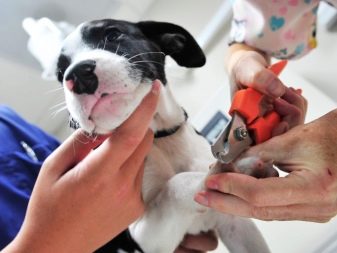

Slow squeezing of the claws during trimming simultaneously with a random sharp jerk can lead to serious injury to the paw - rupture of the skin and soft tissues; in this case, the following steps should be followed:
- the injured paw must be quickly bandaged with a bandage or tourniquet in the metatarsus, and the paw should be raised up to slow the bleeding;
- apply cold, an ice pack, products from the freezer to the injured paw;
- open wounds are best treated with lidocaine;
- if the wound is significant, then the gap must be closed by contacting a specialist for help;
- you should not cut the plates immediately to the entire possible length at a time - dark claws are cut off by about 0.5 mm in 1 "step", and when the cut is brightened, the trimming should be stopped;
- Before ice is applied to the wound, it must be put in a bag and wrapped with a thin cloth, which will save the animal from hypothermia; keep cold on an injured limb for a long time.
Visiting a veterinary clinic, where your dog was given a sedative before performing the required procedure, ask the veterinarian to trim her claws at the same time; usually veterinarians fulfill such a request for free.
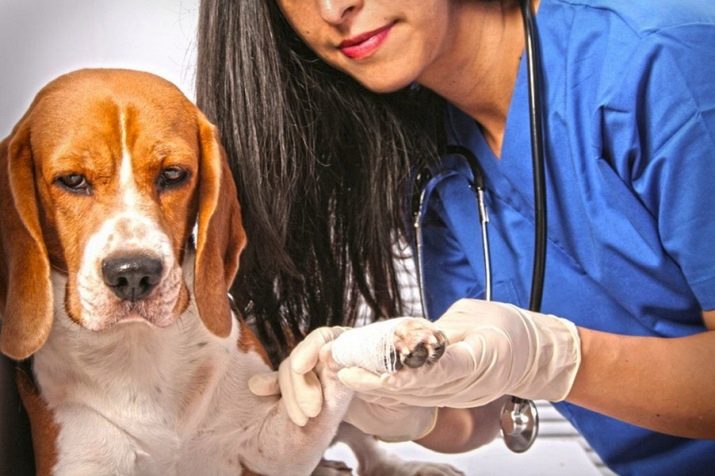
Possible errors and complications
Errors and complications during the implementation of the procedure for cutting dog claws are not so rare. Often they are associated with the behavioral characteristics of animals, and with the individual characteristics of the color and anatomical structure of the claws. In this context, it is important to consider a number of aspects.
- If the claws of the animal are painted in dark color (black claws), which complicates the process of trimming the claws, you should consult a veterinarian. But it is better to visit him and observe his work, as an example for future independent work.
- If the dog jerks sharply and does not allow the procedure, then it should be wrapped in a diaper (for small animals). Two people participate in the procedure - one fixes the dog on his lap, the other releases the paw and starts cutting.
- If the pet breaks out and whines, and at the same time, its nail bed is clearly not affected, then the dog is most likely to have a high level of sensitivity. You can purchase a solution of lidocaine, which a few minutes before cutting the claws to treat the dog's paw.
- Dates of haircuts are useful to record in a special dog care calendar. This will simplify the process control process.
- If the existing tool is not able to cope with the thickness of the claw, then you should try to remove the claw with a nail file.
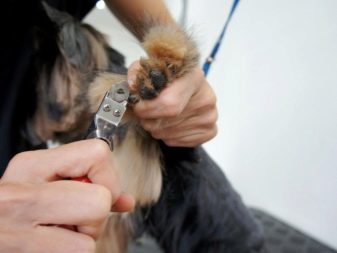
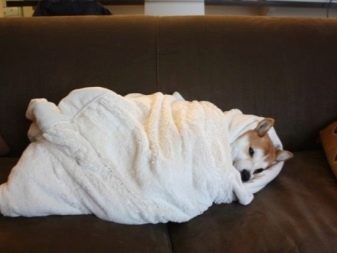
Open wounds in dogs as a result of ongoing procedures should be carefully avoided. If one still appeared and began to bleed, you can not allow the pet to hide in a dark corner and self-medicate, licking his wound. The funds necessary for the provision of medical care must be prepared in advance and be at hand. It can be a special hemostatic powder, corn starch or just a bar of soap, hydrogen peroxide, chlorhexidine for disinfecting a wound, bandages or wipes.
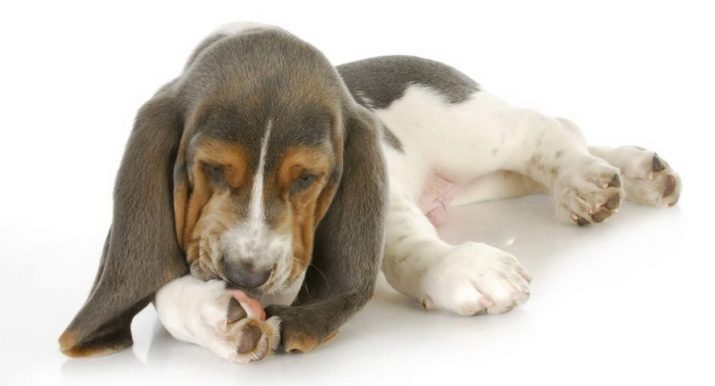
If injured, the animal must be reassured, after disinfection, lightly sprinkle the wound with powder or starch, but in no case rub it - this will worsen the situation.
If the injury is minor, then it is simply disinfected with peroxide or chlorhexidine. Often a special hemostatic pencil is used, which is pressed to the damaged area of the claw for several seconds. The pencil contributes to the formation of a dense clot that prevents bleeding. During first aid, it will not be superfluous to offer the pet some treat to distract it and prevent negative emotions from being attached to the clipping procedure.
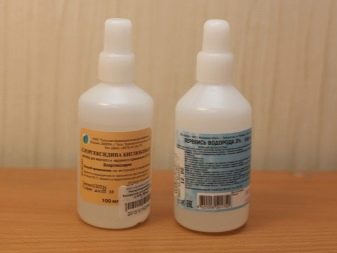
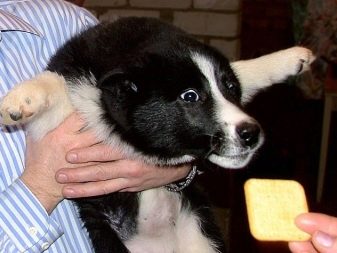
It is important that the animal is at rest for 20 minutes, does not run, causing new bleeding.
Improper or careless care of the pet's claws leads to a number of consequences, often extremely unpleasant.
- The claw grows. For example, the untreated “fifth finger”, bending over, grows into the cushion of the dog’s paws, causing it severe pain. Such a claw, violating the skin, contributes to the entry into the wound of infectious bacteria and the development of fungi. In pain, the animal cannot stand on its paw.
- The claw bed (panaritium) becomes inflamed. Injuries to fingers, claws, or adjacent tissues result in this disease. Purulent bloating occurs at the site of inflammation. The animal rises body temperature, appetite decreases. Unpleasant odors emanate from the injured paw, the wound begins to fester intensively.
- The claws break off, causing very painful conditions. This occurs with excessive claw length, which, with sudden movements, clinging to the surface, can come off and disrupt the integrity of the blood vessel. This usually leads to severe bleeding.
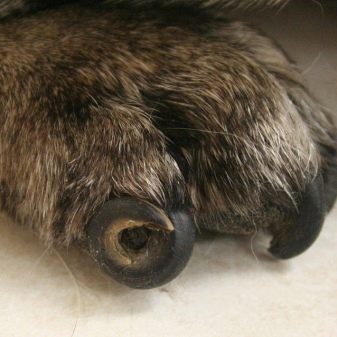
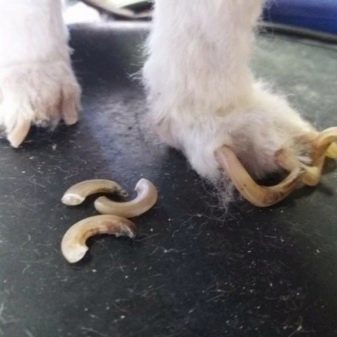
In some cases, dog owners can cure arising painful conditions on their own. So, with early inflammation of the claw bed, it is quite regular antiseptic treatment of wounds with a solution of chlorhexidine. At the same time, it is useful to apply wound dressings that need to be changed periodically and monitor their safety. You can use a special veterinary cap until the wound heals.
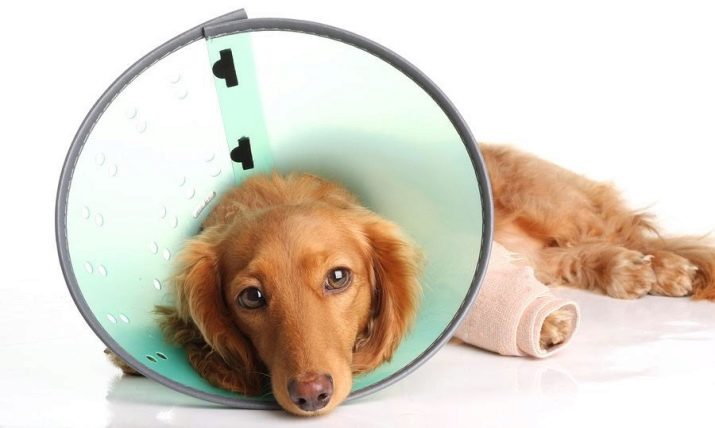
When caring for animals, one should always remember that untimely or careless trimming of claws in animals is fraught with such consequences as:
- disorders in the development of joints;
- negative and irreversible changes in the setting of paws;
- deformation in the gait and, as a result, in the spine of the pet;
- persistent pain;
- long illnesses.
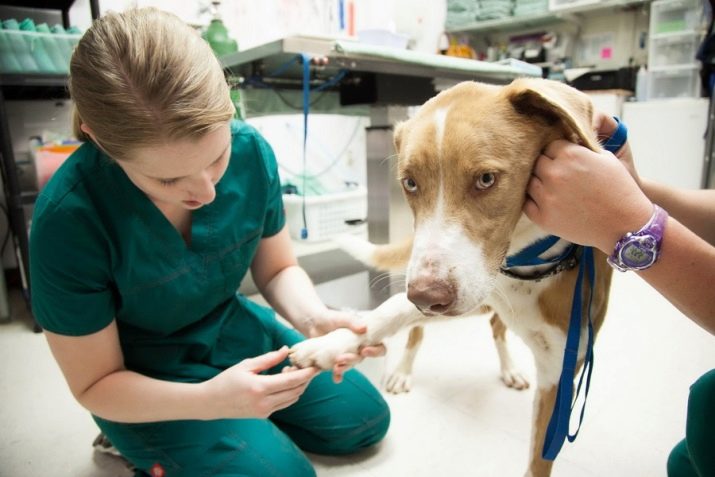
Sometimes, in order to save the life of a pet, it is necessary to perform claw removal operations. Such indications include the following:
- ingrown claws - complicated cases;
- malformation of the claw, fused claws;
- the occurrence of gangrene and other serious consequences;
- serious injuries and inflammation, frostbite and burns;
- oncological processes.
And also remove the so-called wolf claw ("dewclaw") - rudimentary claws. Operations comply with breed standards. In developed countries, the operation is condemned by human rights defenders.
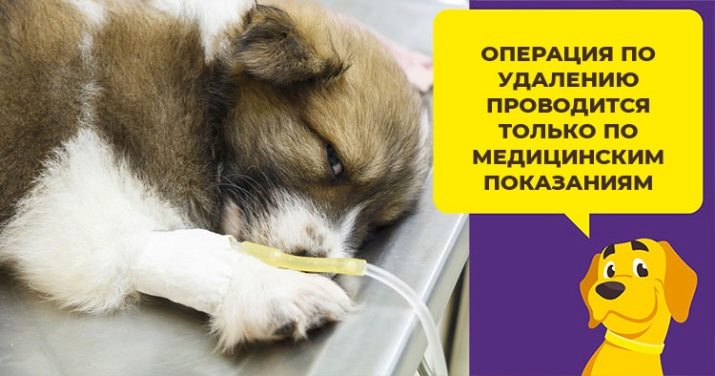
See how to cut a dog’s nails at home in the next video.
